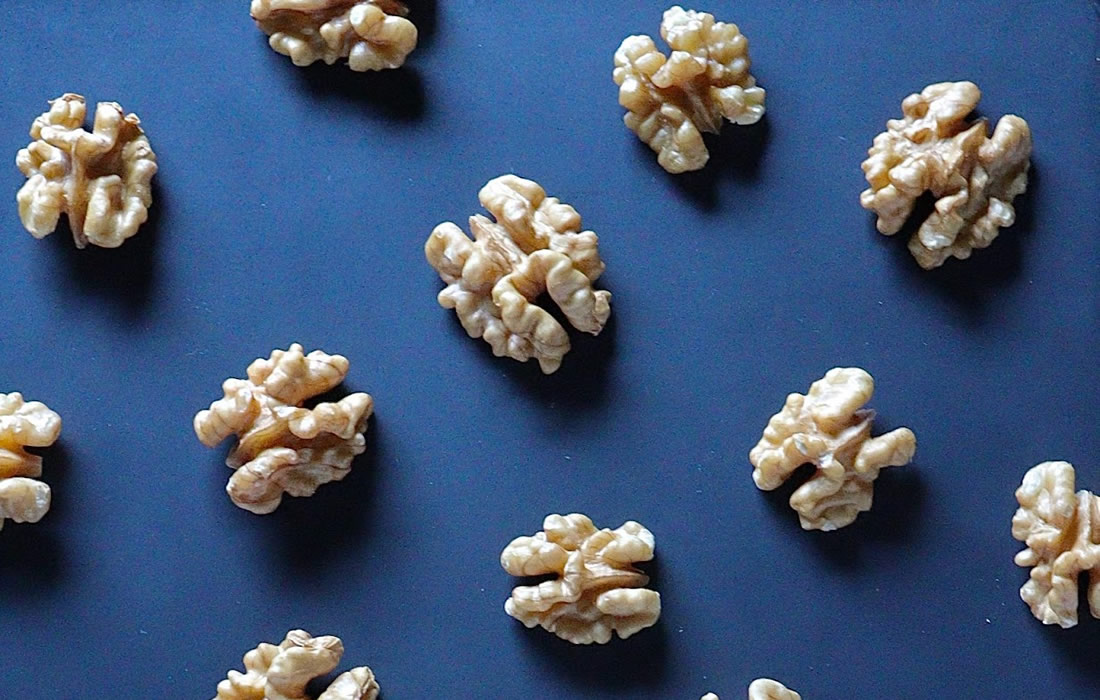Regenerative Medicine News and General Information
Brain Injury Can Lead to Post-Traumatic Stress Disorder
Post-traumatic stress disorder in U.S. military members frequently follows a concussion-like brain injury. “Is one causing the other, and how does that occur?” asked senior author Michael Fanselow.
Two groups of rats were studied. Through surgery, a concussion-like brain injury was produced in 19 of the rats. Sixteen other rats also had the surgery, but did not sustain a brain injury. All of the rats were then exposed to a low level of noise, followed by a series of moderate, brief foot shocks. The foot shocks were frightening to the rats, but not very painful, Fanselow said. Because the rats learned to associate the noise with the shock, they became afraid of the noise.
Rats tend to stand still when they experience fear. When they recall a frightening memory, they freeze. Their heart rate and blood pressure go up — and the stronger the memory, the more they freeze, Fanselow said. On the experiment’s third day, the researchers again exposed the rats to the same place where they had been shocked, but did not give them any additional shocks, and studied their reactions.
The rats in the control group did freeze, but the rats that received the brain injury froze for a much longer time. The researchers discovered that even without receiving a foot shock, the rats that had a brain injury showed a fear response to the noise.
“Sensitivity to noise is a common symptom after concussion, which suggested to us that this might partly explain why fear reactions to certain stimuli are increased after brain injury,” said Ann Hoffman.
The amygdala is made up of neurons, and a rat’s amygdala has about 60,000. The researchers discovered that five times as many neurons in the amygdala were active during the white noise in the rats with the brain injury than in the control group, Hoffman said.
“The amygdala makes a decision whether a situation is frightening, and when it decides a situation is frightening, it generates a fear response,” Fanselow said.
The study raises the question of whether it is possible to get the brain’s amygdala back to normal following a concussion-like injury, perhaps through behavioral therapy or a pharmaceutical. Fanselow and his team will continue their research in an effort to answer this question.
Sources:
Ann N. Hoffman, Jamie Lam, David A. Hovda, Christopher C. Giza, Michael S. Fanselow. Sensory sensitivity as a link between concussive traumatic brain injury and PTSD. Scientific Reports, 2019; 9 (1) DOI: 10.1038/s41598-019-50312-y
University of California – Los Angeles. “How brain injury can lead to post-traumatic stress disorder: UCLA team finds that the brain processes fear differently after injury.” ScienceDaily. ScienceDaily, 4 November 2019. <www.sciencedaily.com/releases/2019/11/191104130446.htm>.
Images from:
Photo by Priyanka Sing
https://unsplash.com/photos/Jt72_opb38I

